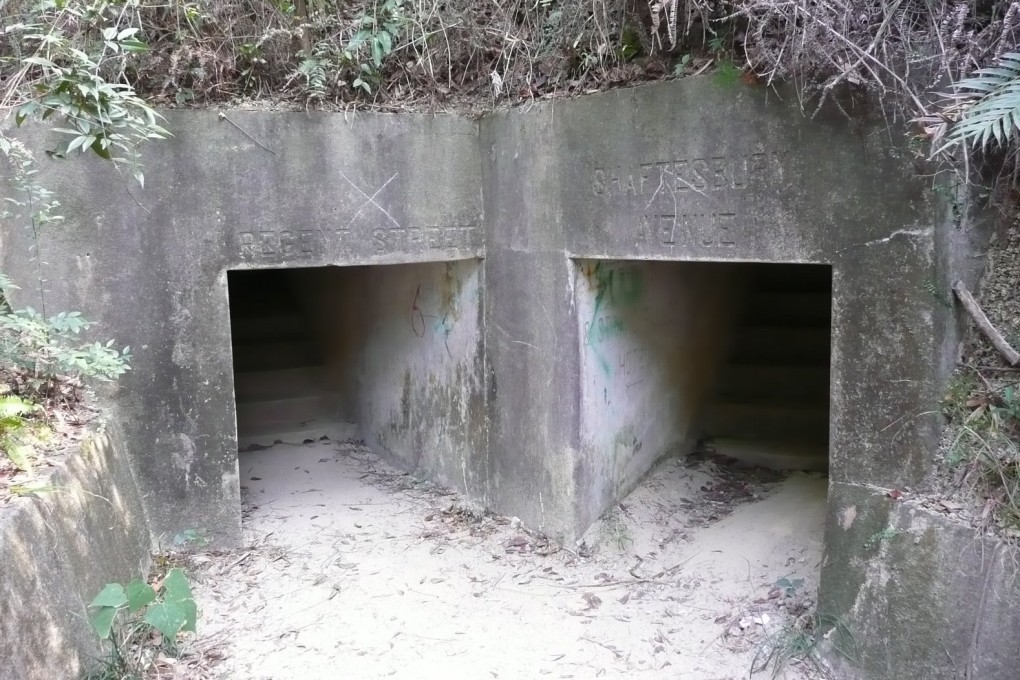Then & Now | Oh the irony: Scottish soldiers defending Hong Kong in 1941 used tunnels whose builders named them after roads in London
- Oxford Street, Charing Cross and Regent Street were among the names given to the defensive tunnels of Hong Kong’s Shing Mun Redoubt by their builders
- Yet, when the Japanese invasion came, London-area troops of the Middlesex Regiment defended Hong Kong Island, with Scots alien to the UK capital in the tunnels

Strung out along several ridges above and around the Upper and Lower Shing Mun reservoirs, in the central New Territories, the underground defensive complex known as the Shing Mun Redoubt is one of Hong Kong’s most extensive – yet sadly underused – heritage resources.
Built in 1936-37, and until now mostly well preserved, general public awareness of its existence – along with increased vandalism – has steadily developed, after several decades of benign neglect.
First noticeable after 2014’s protests, slogans from various sides of the ideological spectrum are scrawled on walls, then blotted out by their political opponents with fresh paint or dissolved with solvents, and soon afterwards replaced by fresh epithets.

In the process, original paintwork and concrete rendering, or extant wartime evidence such as blast holes or shrapnel damage, are further compromised.
